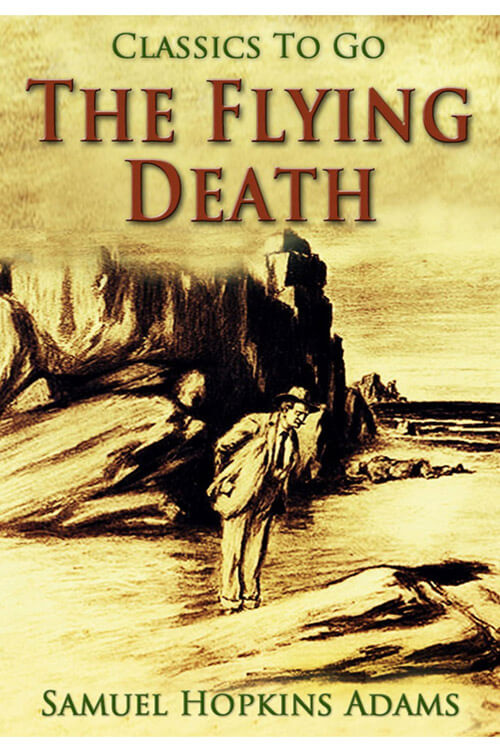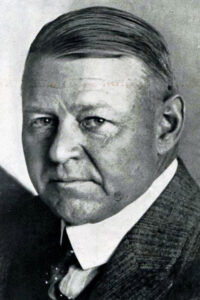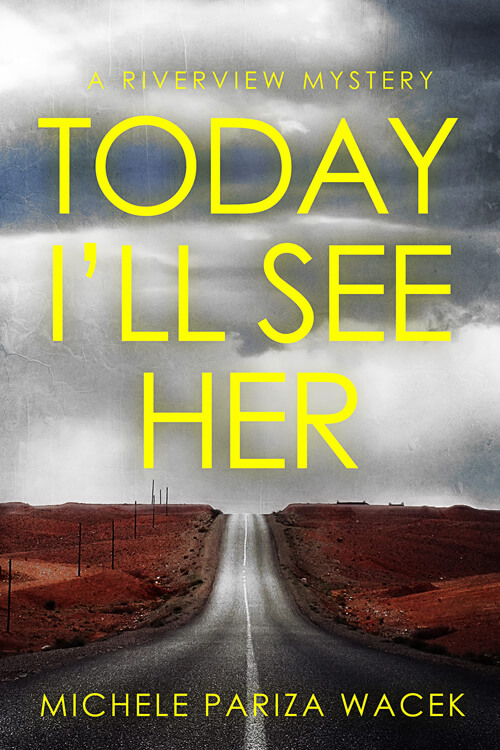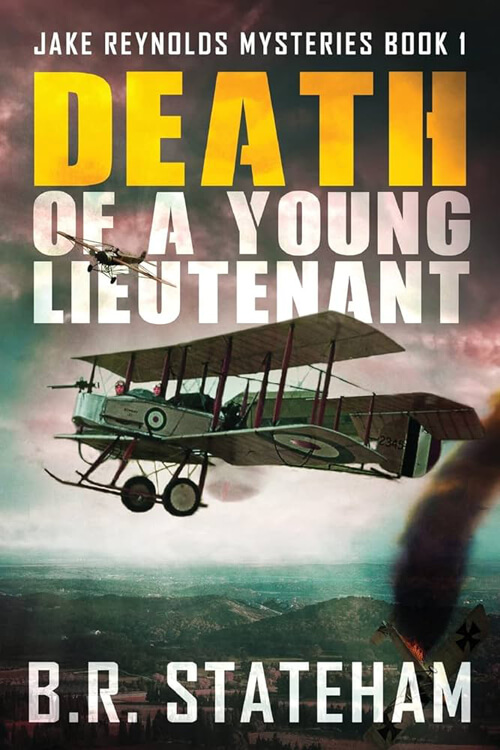
The Flying Death
“Where did you hear it?” interrupted the voice rather sharply. “Did it seem to be on the ground or in mid-air?”
Colton’s frazzled nerves jumped all together and in different directions. “Have I been sent to a private lunatic asylum?” he inquired of himself.
“Lest my manner of inquiry may seem strange to you,” continued the voice, “I may state that I am Professor Ravenden, formerly connected with the National Museum at Washington, D. C. and that your remark as to an unrecognized noise may have an important bearing upon certain phenomena in which I am scientifically interested.”
Dick Colton groaned in spirit. “Here I’ve told a polite and innocent lie to this mysterious pendant,” he said to himself, “and of course I get caught at it.” He leaned out of the window when a broad, spreading flare of lightning from the south showed, on the lawn beneath him, the figure of a slight, compactly built man of fifty-odd, dressed with rigorous neatness in Norfolk jacket and knickerbockers and carrying a broken lantern and a butterfly net. His thin, prim, and tanned face was as indicative of character as his precise and meticulous mode of speech.
“Did I break your lantern?” asked the young doctor contritely.
“As I do not carry my lantern in the small of my back, you did not, sir,” returned the professor with a bitterness which reminded Colton that he had put considerable muscle into his throw. “A loose rock which turned under my foot upset me,” he continued, “and the glass of my lantern was broken in the fall. The rising gale prevented my relighting it. Your reasonable light, I may add, alone enabled me to locate the house.”
“Perhaps my unintended rudeness may be pardoned because of my involuntary service, then,” said Colton, with the natural courtesy to him.
There was a moment’s pause. Then, “If I may venture to impose upon your kindness,” said the man on the lawn, “will you put on some clothes and join me here? It is a matter of considerable possible importance—scientifically.”
Read or download Book
Samuel Hopkins Adams
Samuel Hopkins Adams (January 26, 1871 – November 16, 1958) was an American writer who was an investigative journalist and muckraker.
Background
Adams was born in Dunkirk, New York. Adams was a muckraker, known for exposing public-health injustices. He was the son of Myron Adams, Jr., a minister, and Hester Rose Hopkins. Adams attended Hamilton College in Clinton, New York from 1887 to 1891. He also attended a semester at Union College. In 1907, Adams divorced his wife, Elizabeth Ruffner Noyes, after having two daughters. Eight years later Adams married an actress, Jane Peyton. Adams was a close friend of both the investigative reporter Ray Stannard Baker and District Attorney Benjamin Darrow.
Career
From 1891 to 1900, he was a reporter for the New York Sun where his career began, and then joined McClure’s Magazine, where he gained a reputation as a muckraker for his articles on the conditions of public health in the United States. In 1904, Adams became an editorial staffer with McClure’s Magazine working with Lincoln Steffens, Ida Tarbell, and Ray Stannard Baker. Adams considered himself a freelance writer and used his writings to support himself. In 1905, Adams was hired by Collier’s to prepare articles on patent medicines. In a series of 11 articles he wrote for the magazine in 1905, “The Great American Fraud”, Adams exposed many of the false claims made about patent medicines, pointing out that in some cases these medicines were damaging the health of the people using them. The series had a huge impact and led to the passage of the Pure Food and Drug Act of 1906. In 1911, the Supreme Court ruled that the prohibition of falsifications referred only to the ingredients of the medicine. This meant that companies were again free to make false claims about their products. Adams returned to the attack, and in another series of articles in Collier’s Weekly, Adams exposed the misleading advertising that companies were using to sell their products. Linking his knowledge of newspapers with patent medicines, he wrote The Clarion (1914), which was critical of newspaper advertising practices and led to a series of consumer-protection articles in the New York Tribune. His service during World War I for the Committee on Public Information led to Common Cause (1919), a novel on a newspaper’s battle against pro-Germans in Wisconsin.
Literary works
Adams was a prolific writer, who wrote fiction as well. “Night Bus” (1933), one of Adams’s many magazine stories, became the basis for the 1934 film It Happened One Night. Adams’s first solo novel was 1908, Flying Death, which added to his mystery collection. His best-known novel, Revelry (1926), based on the scandals of the Harding administration, was later followed by Incredible Era (1939), a biography of Harding.
Among his other works are The Great American Fraud in Collier’s (1905–06), The Mystery (1907), with S. E. White, Average Jones (1911), The Secret of Lonesome Cove (1912), The Health Master (1913), The Clarion (1914), The Unspeakable Perk (1916), Our Square and the People in It (1917), Success (1921), Siege (1924), The Gorgeous Hussy (1934), Maiden Effort (1937), The Harvey Girls (1942; adapted into the 1946 movie musical starring Judy Garland), Canal Town (1944), Plunder (1948), Grandfather Stories (1955), and m. Average Jones is a series of stories about a detective investigating fraudulent or unusual advertisements. In addition to his many books, Adams also wrote 415 short stories and articles.
Tenderloin described the battle between Charles H. Parkhurst and Tammany Hall. The New York Times reviewer H. I. Brock called the book an “outstanding period piece” and “a finale to a long and varied writing career”. Tenderloin was adapted into a 1960 musical with a book by George Abbott and Jerome Weidman and songs by Jerry Bock and Sheldon Harnick, the team that had created Fiorello! Tenderloin ran for 216 performances. New critic Howard Taubman praised the songs, but complained about a “dragging book” and said, “The wages of virtue, alas, are largely dullness.”
Adams also published a biography of Alexander Woollcott (1945) and three books for the Landmark Series, The Pony Express (1950), The Santa Fe Trail (1952), and The Erie Canal (1953).
The printing of his 1947 novel Banner by the Wayside was the subject of an Encyclopædia Britannica documentary on the manufacture of hardback books (see external links). Adams’s last book, Tenderloin (1959), was published after his death and was later adapted into a Broadway musical.






